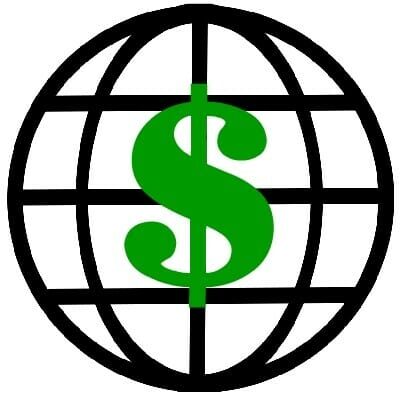
Market Round-Up: January 16 – 20
So far this year, only 55% of companies have beaten analyst expectations.
So far this year, only 55% of companies have beaten analyst expectations. This is less than the 62% average of past earnings seasons and may explain the “cooling” off of recent markets.
According to Standard & Poors, credit ratings “express opinions about the ability and willingness of an issuer, such as a corporation, state or city government, to meet its financial obligations in accordance with the terms of those obligations.” They are neither a recommendation to buy, sell nor hold a debt position. Niether are they a comment on liquidity. Rather, ratings are meant to be useful for comparing similar entities (sovereign or other). They are also forward looking in nature, rather than retrospective. Following the downgrades of two weeks ago, Standard & Poors continued to downgrade other entities last week, including the European Financial Stability Facility (EFSF).
North American Markets
However, investors did not seem fazed by these downgrades, and world markets were relatively stable last week. Both European and Canadian markets closed slightly up (the TSX by 0.2%, Germany’s DAX by 1.3% and France’s CAC 400 by 0.4%), while US markets were closed Monday for Martin Luther King Day. On Wednesday, the S&P 500 made significant gains, and pushed past 1,300 (a level not attained since July 2011). This movement likely results from news that the IMF is planning to boost lending by US $500b to help with the European sovereign-debt crisis. The rise in the S&P was also aided by an improvement in home-builder sentiment, which reached its highest level since 2007. Contrary to this information, housing starts in the US fell by 4.1% in December, but this news failed to impact markets significantly on Thursday. Friday’s close brought about the fifth straight weekly gain in the TSX. The Dow and S&P also finished slightly higher.
Canadian Economy
On Tuesday, the Bank of Canada revealed its intention to keep interest rates stable. The bank “essentially gave risk aversion its stamp of approval,” in saying it “continues to assume that European authorities will implement sufficient measures to contain the crisis.” However, the bank also warned that “this assumption is clearly subject to downside risks.” The stable and low interest rate, together with a potential housing market downturn, and reduced employment creation, may indicate the Canadian economy is losing lustre. That being said, foreign investment is still very high, and “foreign investors increased their Canadian stock, bond and money-market holdings by a whopping $15-billion in November, the biggest net inflow in six months.” Investors should also remember Canada continues to hold a triple A rating, which is becoming increasingly unique in today’s world.
According to StatsCan, Canadian inflation is decreasing. In December an annual rate of 2.3% was reported (down from 2.9% in November). The acceleration in food prices dropped 0.4% over the same period while clothing costs dropped 4.3%. Analysts argue that inflation will continue to remain low as there is not enough consumer demand to bid prices higher. This could be either good (inflation is rarely seen as a positive) or bad as some “argue that inflation corresponds to faster recovery—and lower inflation to slower recovery.”







